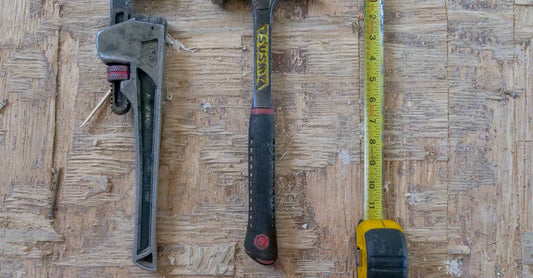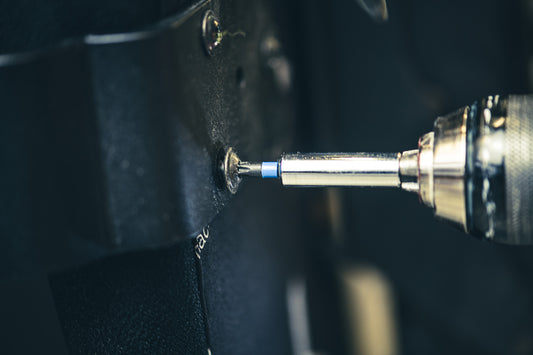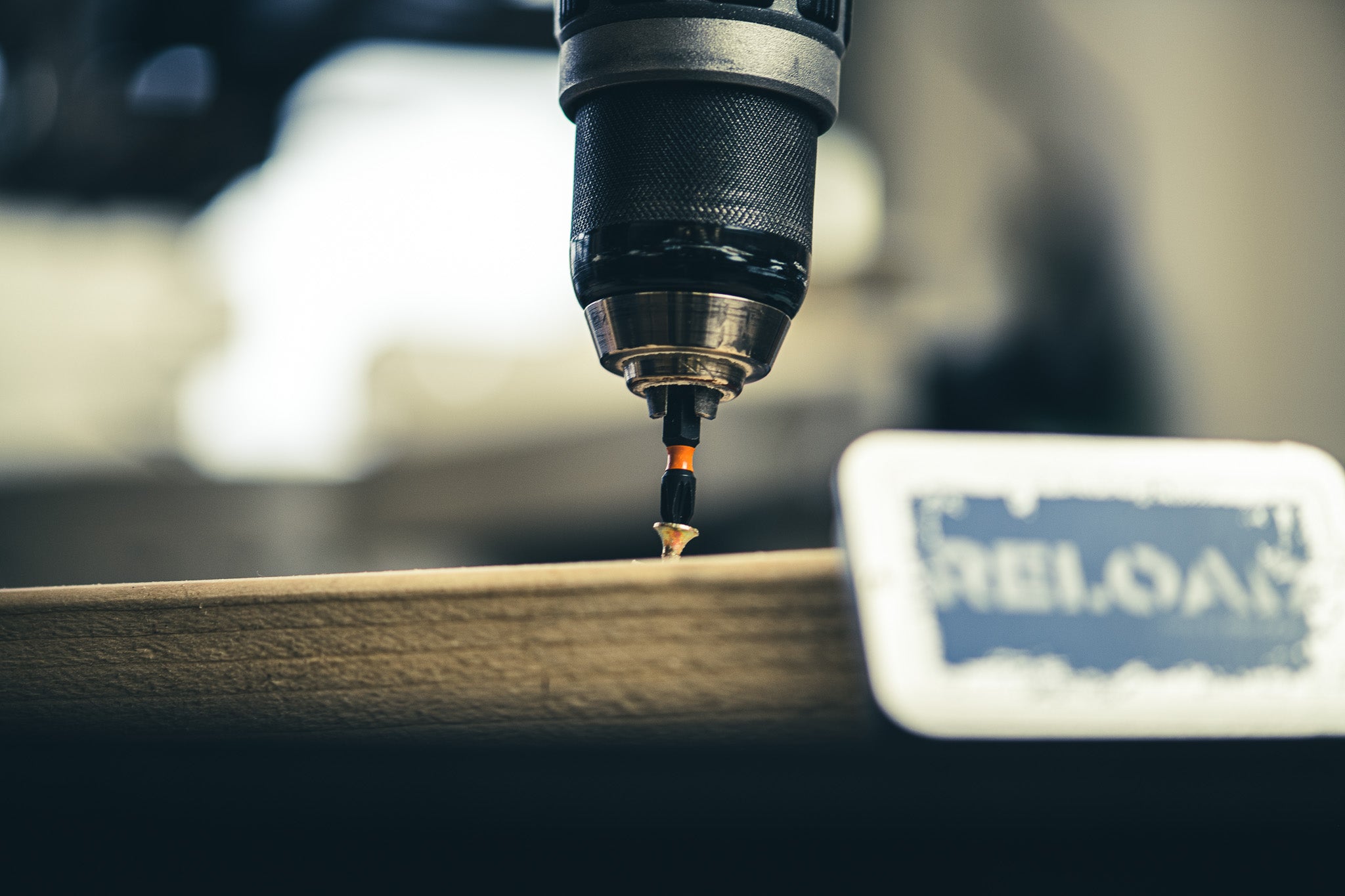bak-flow pre-ven-shun
Backflow, Prevention
The prevention of unwanted reverse flow of a liquid or gas in a system.
Example usage: It is important to install backflow prevention to protect the water supply.
Most used in: Plumbing and construction projects in areas with public water supplies.
Most used by: Plumbers, builders, and other trades people.
Popularity: 8
Comedy Value: 2
Also see: Backwater Valve, Vacuum Breaker, Air Gap, Double Check Valve,
What is Backflow Prevention?
Backflow prevention is a type of plumbing construction that is designed to protect drinking water from contamination or pollution. It is an important part of any plumbing system and is used to ensure the safety of water supplies. Backflow prevention works by preventing the reverse flow of water from the plumbing system into the drinking water supply.
Backflow prevention works by using a combination of check valves, air gaps, and pressure regulators to ensure that the water supply is not contaminated. The check valves are designed to close when pressure is lost, preventing water from flowing back into the supply. Air gaps are also used to prevent contamination, by providing an open space between the plumbing system and the water supply. Finally, pressure regulators are used to control the pressure of the water in the supply, preventing the reverse flow of water.
Backflow prevention is essential for the safety of any water supply. In the US, it is estimated that over 10,000 cases of water contamination occur each year due to inadequate backflow prevention. To ensure that water supplies are safe and clean, it is important that all plumbing systems include backflow prevention.
Tracing the Origin of the Term 'Backflow Prevention'
Backflow prevention is a key concept in the plumbing industry. It is the practice of keeping contaminated water from entering the potable water supply. This is achieved by installing a backflow prevention device in the plumbing system.
The term 'backflow prevention' is believed to have originated in the early 1900s in the United States. It was first used in the context of plumbing construction to refer to the practice of preventing water from flowing back into the potable water supply. It has been used in the United States ever since, and is now a commonly used term in the plumbing industry.
Backflow prevention is important for ensuring the safety of potable water. It helps protect people from drinking contaminated water and prevents the spread of waterborne diseases. Without proper backflow prevention, the water supply can become contaminated and cause serious health problems.
Today, backflow prevention is a vital part of any plumbing system. It is used to protect people from drinking contaminated water and to keep the water supply clean and safe. With the right backflow prevention device installed, plumbing systems can be kept safe and efficient.




